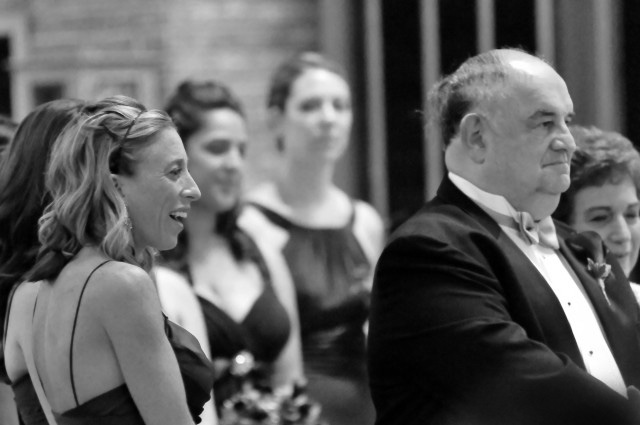Nikon 80-200mm f/2.8 D
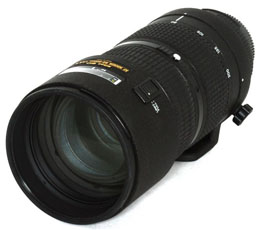
I'd get one here.
Introduction
This is a fantastic fast zoom lens. It works great in low light (like when shooting a wedding in a church) or when just out and about. Optically, it is very good, rending images that don't need much work to turn them into crystal clear works of art.
Nikon has made several versions of this lens. Although all of them are fine optical wonders, I would recommend not getting one of the older "push-pull" types. The kind discussed here has two rings, one for zoom and the other for focus. Separating them is an easy-to-use rotating switch (with button-lock) for switching between manual and auto focus: a handy addition that is simple to use and easy to find when you hand is on the lens working the rings.
In addition to the older "push-pull" zoom versions there
is a newer, more expensive version, with AF-S (Nikon's
fancy faster zoom). There is also a very new version
 with Vibration Reduction or "VR." And, while that
is a handy thing to have when shooting in low-light
situations, I can't recommend its value versus its cost
over this fantastic regular old "D" type lens.
with Vibration Reduction or "VR." And, while that
is a handy thing to have when shooting in low-light
situations, I can't recommend its value versus its cost
over this fantastic regular old "D" type lens.
You can spot this version due to the built-in tripod collar as well as the previously mentioned dual rings (zoom/focus).
Specifications
Weighing over 2 pounds, this hefty lens sports 16 elements in 11 groups. It has a 9-bladed diaphragm producing smooth and creamy bokeh.
The lens takes 77mm filters, but be careful with them as the end of the lens has a little bit of protective rubber on it, which makes using filters a tad tricky.
The lens has a focus limiter switch. I don't find these to be useful on anything but a macro lens and since this one only focuses as close as about 5 feet, it won't be too good for macro.
Maximum Aperture: f/2.8 (constant through the entire zoom range)
Minimum Aperture: f/22
Extra Goodies: The lens comes with a solid lens hood (as opposed to those ones shaped like a flower's pedals) and a carrying case. Just put the case in the box and keep it there. The hood is nice so keep it on a shelf where it is handy, but you don't have to use it for most tasks and gets in the way more often than not.
Performance
This lens is very easy to use, very sharp, produces excellent bokeh and has only slight optical distortion at the long end.
AF is fast and accurate, which is a good thing if you shoot wide open.
I did develop one major problem in the time I've had the lens. I was shooting a wedding and the AF stopped as the bride was about to walk in with her father. I didn't have time to monkey with it, so I switched to MF (manual focus), and things were fine. Later, when I had time, I found that the AF/MF selector would only lock in MF.
I could put to AF, and AF would work, but it would not lock in AF and the selector would quickly, and easily, walk out of that setting.
I googled around and found that others were reporting a similar problem that the lens would lock in AF, but wouldn't lock in M. I followed on such guide (here) but I wasn't able to fix my lens as my problem was slightly different.
Ultimately I borrowed another 80-200mm f/2.8D from a friend for a subsequent wedding and shipped my lens off to Nikon. The repair was fast (I had it back in just over a week after I sent it) and cost $200. At the time I'm writing this the repair was recent, but it is holding up well.
Given my experience, and the opposite one that others are reporting on several boards, you might want to keep in mind that you may have to do a self-repair or ship the lens to Nikon for perhaps $200 sometime during your ownership. Still, this is a great lens, and I've surely made a lot more money than the $200 repair cost so it has been totally worth it.
Examples
Following are some sample photos to demonstrate the power of this type of lens and some general uses which will likely yield good results. If you shoot things like these, then this lens may be a good one to think about adding to your camera bag.
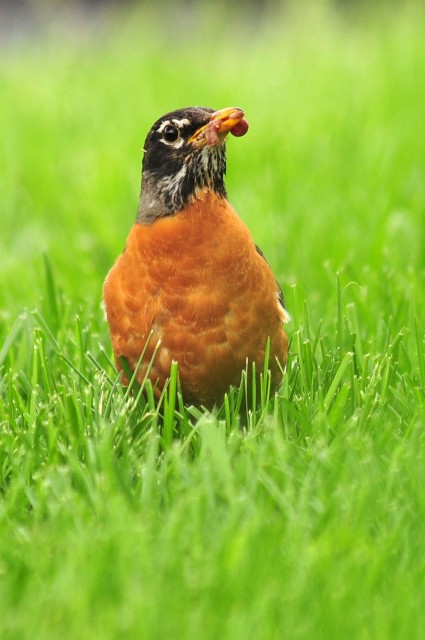
Nikon D300, 80-200 f/2.8D @ 200mm f/4.5, 1/500sec, ISO 200.

Nikon D80, 80-200 f/2.8D @ 200mm f/2.8, 1/1600sec, ISO 100.
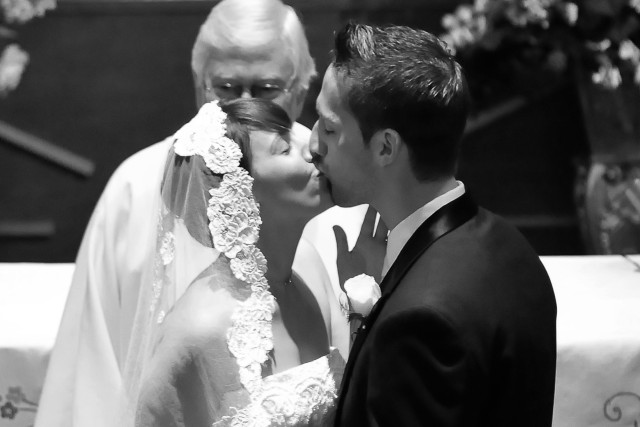
From the choir loft in a Catholic Church.
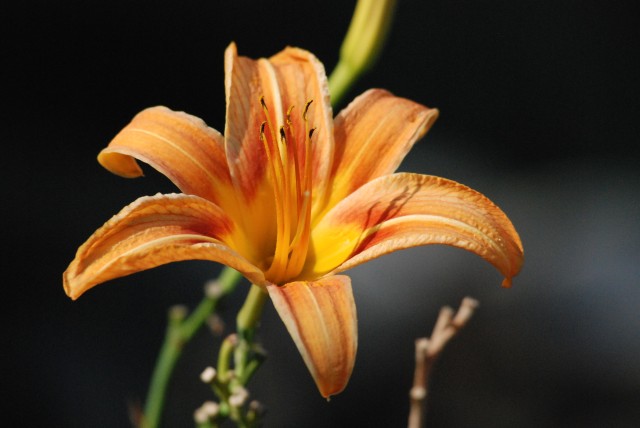
Although this lens isn't a macro lens, if does work great for nature and flower photos for times when you don't want to (or aren't allowed to) get too close to your subject. This flower photo demonstrates the pleasing bokeh of this lens and it was taken by my second photographer Jeremy.


Both photos above are of the big Saturday night show also at Woodloch Restort.
